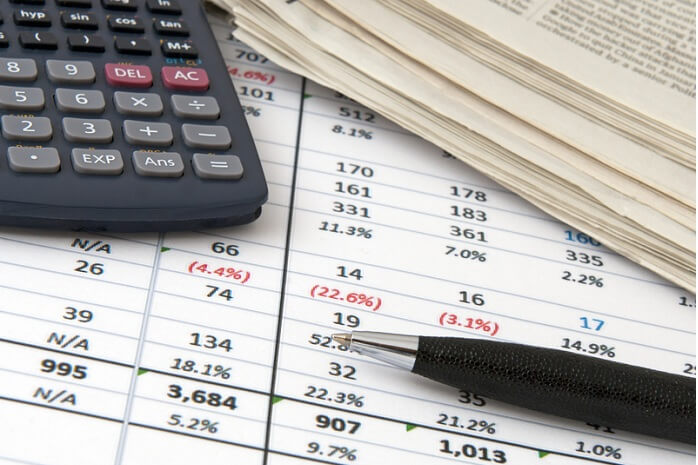Recent results for the second quarter of 2022 from Lockheed Martin (NYSE:LMT) were below estimates.
Revenue for the corporation came in at $15.45 billion, $575.82 million less than analysts had predicted. GAAP earnings per share were $1.16, which was also $0.07 below expectations.
Industry-wide volume fell, and Lockheed Martin had to contend with a dip in F-35 demand, which caused revenue and operating profit to fall.
With the announcement that it has distributed $1.1 billion in cash to shareholders in the form of dividends and share repurchases, the firm is once more emphasizing the importance of its shareholders.
This displays a consistent 20-year streak of dividend growth. Moreover, due to its strong cash position and impressive acquisitions, Lockheed Martin successfully handled the 2008 recession and is expected to do so again if another slump occurs.
Despite a poor Q2 22, there is a lot of promise for the company in the coming years, and it now appears to be undervalued.
Looking Deeper into the Q2 Results
The truth is a disappointing second quarter from Lockheed Martin (NYSE:LMT) was to be expected for a number of different reasons. Let’s take a closer look by examining the company’s various divisions and their performances.
Aeronautics –
Revenue in the aeronautics division decreased by 12% year over year. This can be partly ascribed to the Pentagon’s decision in March to reduce its request for F-35 production by 35%. However, operational profit in the aerospace sector climbed by 7% YoY, which may be attributed to margin expansion as a result of Lockheed Martin’s stronger classified program performance.
Rotary and Mission Systems –
This division’s revenue fell by 5% year over year. Lower volume throughout Sikorsky Aircraft and in mission systems is to blame for this. The effects of lower volume across the board and from lower profit rate adjustments resulted in a 12 percent Y/Y decline in operating profit as well.
Missiles and Fire Control System –
Revenue dropped by 7 percent year over year in this division. The withdrawal from Afghanistan, which resulted in less equipment maintenance, and a decline in the volume of tactical and strike missile manufacture are two causes of this decline. The higher profit rate adjustments and contract mix may have contributed to the division’s operating profit rise of 4%.
Space –
Last but not least, income for the space division fell by 11% year over year. This can be linked to the closeout of the contract with the Atomic Weapons Establishment, which had a significant impact on revenue.
Higher development volume for the Next Generation Interceptor partially mitigated the decline. Due to the company’s investment in United Launch Alliance, which conducted successful launches during the quarter, operating profit in the space segment also decreased by 20% year over year.
The increase of $30 million for strategic and missile defense programs, which principally included the Fleet Ballistic Missile programs, more than made up for the declines in operating profit.
So Why Does the Future Look Bright for Lockheed Martin (NYSE:LMT)?
For one thing, the company has increased its dividend payout for an amazing 20 straight years. This shows that it prioritizes its shareholders. An $11.20 dividend from Lockheed Martin is a 2.87 percent yield. Since the payout has been increasing over time and the company has demonstrated its commitment to its investors, this dividend is quite sustainable.
For another thing, the company has shown that it is able to effectively navigate recessions.
The 2008 recession was very easily negotiated by Lockheed Martin. The business was able to grow its net income by about 4% while maintaining relatively flat revenue throughout the recession.
Despite an almost 24 percent decline in its share price, Lockheed Martin was nevertheless able to perform admirably. An in-depth analysis of the company’s financials reveals that from 2007 to 2008, net sales, operational profit, net earnings, total assets, and return on invested capital all increased, but debt and cash fell.
Given that we most certainly live in a technological recession, Lockheed Martin might once more perform well. The business has a healthy cash position, which can give it flexibility during unpredictable times.
It typically uses its funds to buy other businesses that add fresh elements to the enterprise. Since its founding in 1995, Lockheed Martin has acquired a total of 10 businesses for a combined total of about $13.40 billion.
The company was able to fight off the bear market in 2008 thanks to its purchases of Eagle Group International and Aculight Corporation.
Featured Image: Megapixl @Aprescindere

















